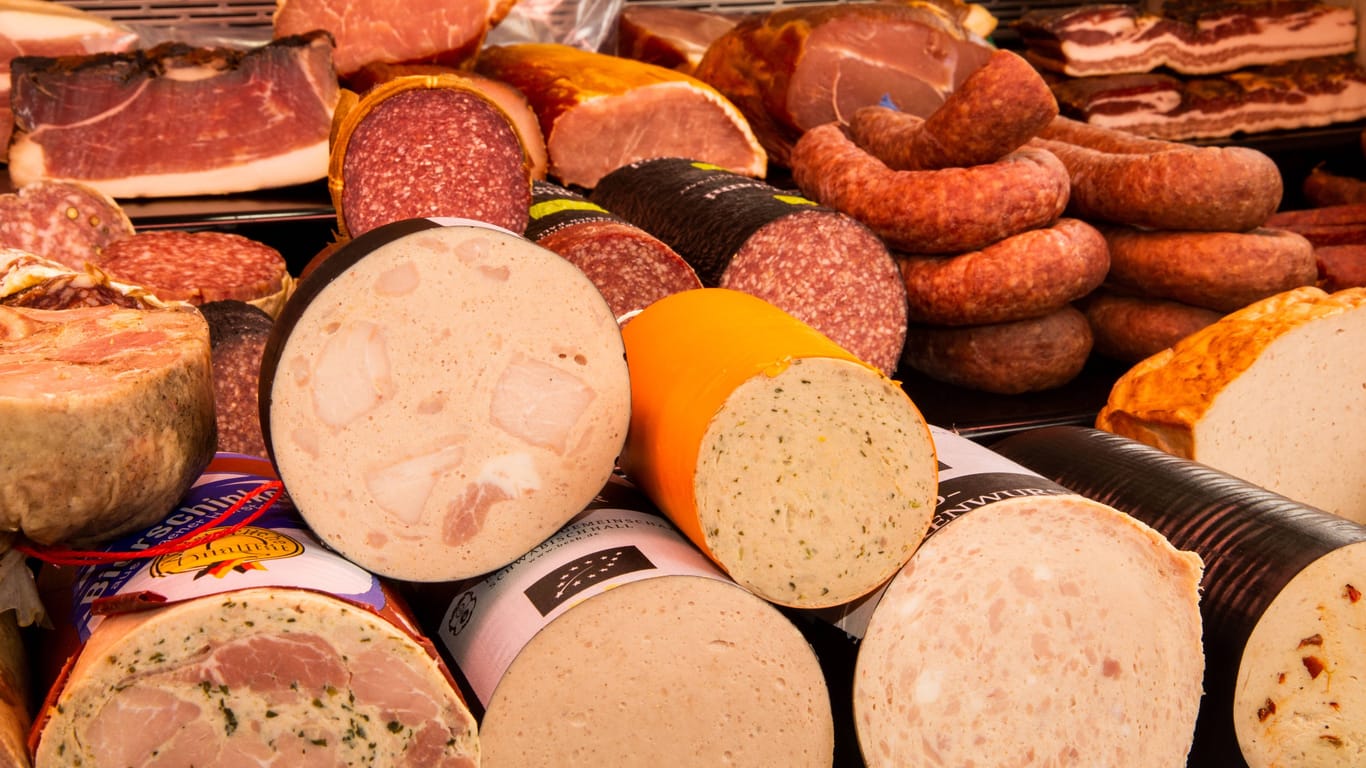
Many consumers rely on regional meat. But the consumer advice center reveals: Many products declared as “regional” are not that at all.
Eating meat with a clear conscience – is that still possible? Yes, if it is regional and, ideally, organic. At least that’s what many consumers think. Local meat has a good reputation. It gives you the feeling that you are supporting local farmers and, because of the short transport routes, you are also doing something good for the environment.
Unfortunately, not everything that glitters is always gold . And in many industries it is common to use a little trickery to make consumers feel better. Apparently this also applies to regional meat and sausage products.The Hamburg Consumer Center (VZ) has tested such products. The results are sobering: Many of the products tested are not as regional as the manufacturers claim. As the consumer advice center explains in its press release, the origin of many of the meat and sausage products tested is not even clear.
“Regional” declaration often misleading
For example, one sausage examined was made with pork from the EU , according to the VZ. Chicken meat declared as “regional” could come from Mecklenburg-Western Pomerania, Lower Saxony or Schleswig-Holstein – so it could be regional, but it could also come from a completely different federal state.
Some producers also advertise transparency regarding the origin of their meat. QR codes are intended to suggest that it is easy to understand the origin of the sausage you have purchased. But that also seems to be more of a marketing ploy than anything else. According to the consumer advice center, most codes are misleading.
In many cases, this takes you to the manufacturer’s website or a recipe idea. Only rarely can you really understand where the meat comes from using the QR code. And even then, the place of slaughter is often stated, but not where the animal was raised.
Animals are not kept in better conditions
In addition, the consumer advice center found in its test that some of the ingredients in the compound feed for the animals did not come from Europe. In most cases, soy comes from overseas. According to the VZ, the term “regional” is reduced to absurdity in this case. “Relevant environmental damage caused by feed production is simply outsourced with imported crop products,” the statement says.

